 What’s your first thought when you look at these trees?
What’s your first thought when you look at these trees?
I’m guessing that it’s not that they are sick. You’re more likely to be thinking that they are growing in a unidirectional wind which accounts for their buckled shape; and you’d be right.
Throughout their lives these trees that grace Slope Point, the southernmost point of New Zealand’s South Island, are pushed by strong circumpolar winds that relentlessly grind them into a buckled and compromised submission. They continue to grow and photosynthesise, bearing fruit to beget a new generation, as all life forms must to continue their genetic line; but their capacity is compromised, they adapt to survive.
There is a cost for survival, but also a defiant beauty in these bent yet undefeated trees. Their capacity to adapt, to bend and buckle saves them from being torn out of the ground by the ferociously windy circumstances that they cannot escape from.
I think of brains as being a little like trees. Both have an intrinsic recipe for growth and development coded by genes in the DNA and both are profoundly influenced by their environment.
New shoots on trees form twigs and grow into larger more established branches over time. Similarly new neural pathways form in the brain and if they are well used, become myelinated, which makes them larger and more efficient. The way the tree’s branches are structured has a functional consequence for the tree just as the particular neural pathways that are established through experience in our unique brains (and bodies) reflect functional consequences for us.
Did you know for example that the brains of pianists are changed by what they come to excel at, playing the piano? Or that taxi drivers in London have enlarged hippocampi seemingly to accommodate learning the locations of some 25000 streets within a six-mile radius of Charing Cross station?
Experiences profoundly shape brains, actually experiences BUILD brains to get better at what we have most experience of doing and to anticipate more of the same experiences. We all know that practice makes perfect, or at least for improved performance. Repeated experiences makes us better at doing whatever it is we do over and over again and if we don’t have experiences of certain kinds, our brain just isn’t afforded the opportunity to learn from those experiences.
This is why I cannot read or speak Hebrew for example, but you may be wondering what has any of this got to do with Borderline Personality Disorder?
Neuroplasticity is the capacity that our neural systems have to change and adapt. Neuroplastic mechanisms have evolved to help us survive long enough to reproduce in our uniquely experienced environment. (Evolution functions to select any trait that helps a population to survive and reproduce). Adapting and anticipating our environment serves our survival.
We can’t help but to get better at what we are most often called upon to do in our daily lives and we also can’t help but come to anticipate having more of the kinds of experiences that we have had. Anticipating what may happen, and particularly anticipating the worst, actually helps us to survive.
Neuroplasticity then may be both the cause of, and the cure for, the constellation of struggles that are frequently named as Borderline Personality Disorder.
Consider how differently a brain might be constructed if the fabric of our relational experience is woven from warm, soothing, safe, predictable, loving, experiences, that we can come to anticipate rather than from a confusing palate of love and rejection, hostility, neglect, criticism, violence and betrayal.
Our repeated experiences of physical and or emotional danger trace out pathways of fear and avoidance or defensive aggression or perhaps dissociation that we get more practiced at, skills that we anticipate we will need in a future our brain anticipates will be similarly dangerous.
Conversely, if I have many experiences of being soothed, of emotional regulation, I am strengthening those pathways and with practice my emotional regulation improves for future where I anticipate someone may be available to help me soothe if it is too hard for me to manage alone, but to expect me to be able to emotionally regulate without having had enough practice would be like expecting me to be able to read Hebrew without ever having been taught.
Neuroplasticity offers compassion and hope. It helps us understand the struggles we have compassionately. Like these trees we may feel bent over by the winds of experiences that have shaped us but we have survived.
Neuroplasticity is also hopeful. If the winds of our experiences have shaped us to anticipate the worst we can seek out new experiences, especially perhaps of relationships. Warmer kinder winds of relational experience may confound our negative expectations, and help us come to anticipate winds that we will be able to stand straighter in without fear
The trees at Slope Point cannot pick themselves up and move to a more sheltered spot, but as the saying goes ‘If you don’t like where you are, move. You are not a tree.’
None of can see how the winds of our experiences have shaped our neural branches inside our heads but all of us can move towards experiences of kinder, warmer winds and experiences to help us anticipate, and therefore create, more benevolent futures.
Dr Haley Peckham works in Melbourne as a mental health nurse and has a PhD in molecular neuroscience, She presented at the 2018 BPD Conference. Her presentation can be seen here
